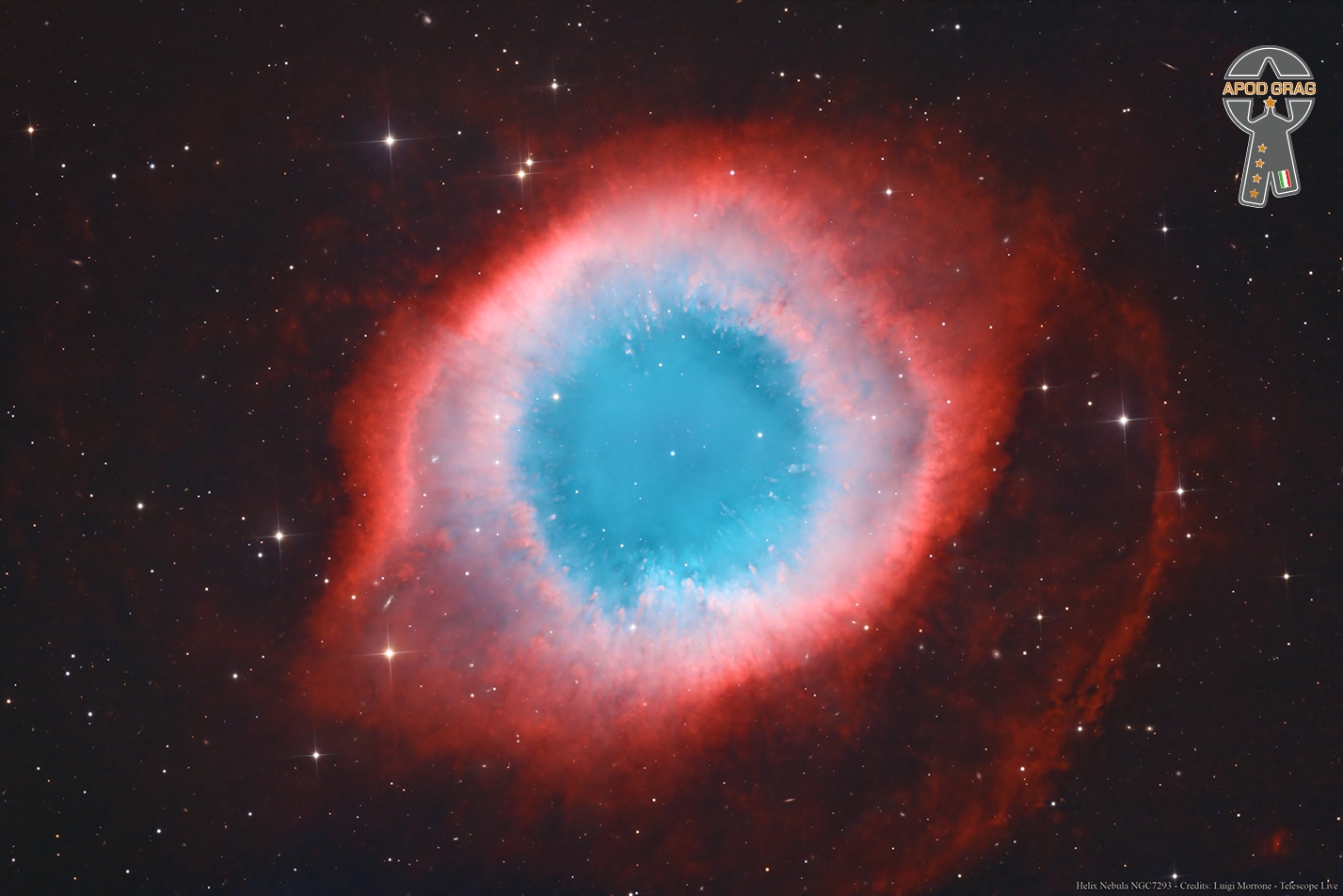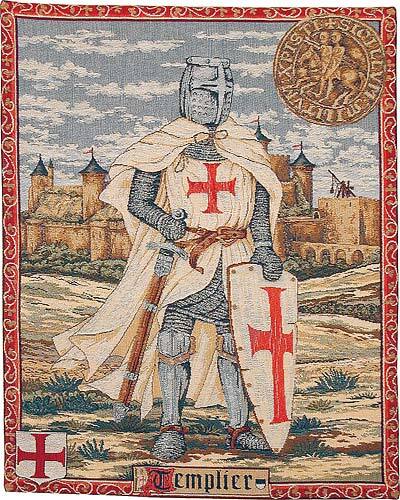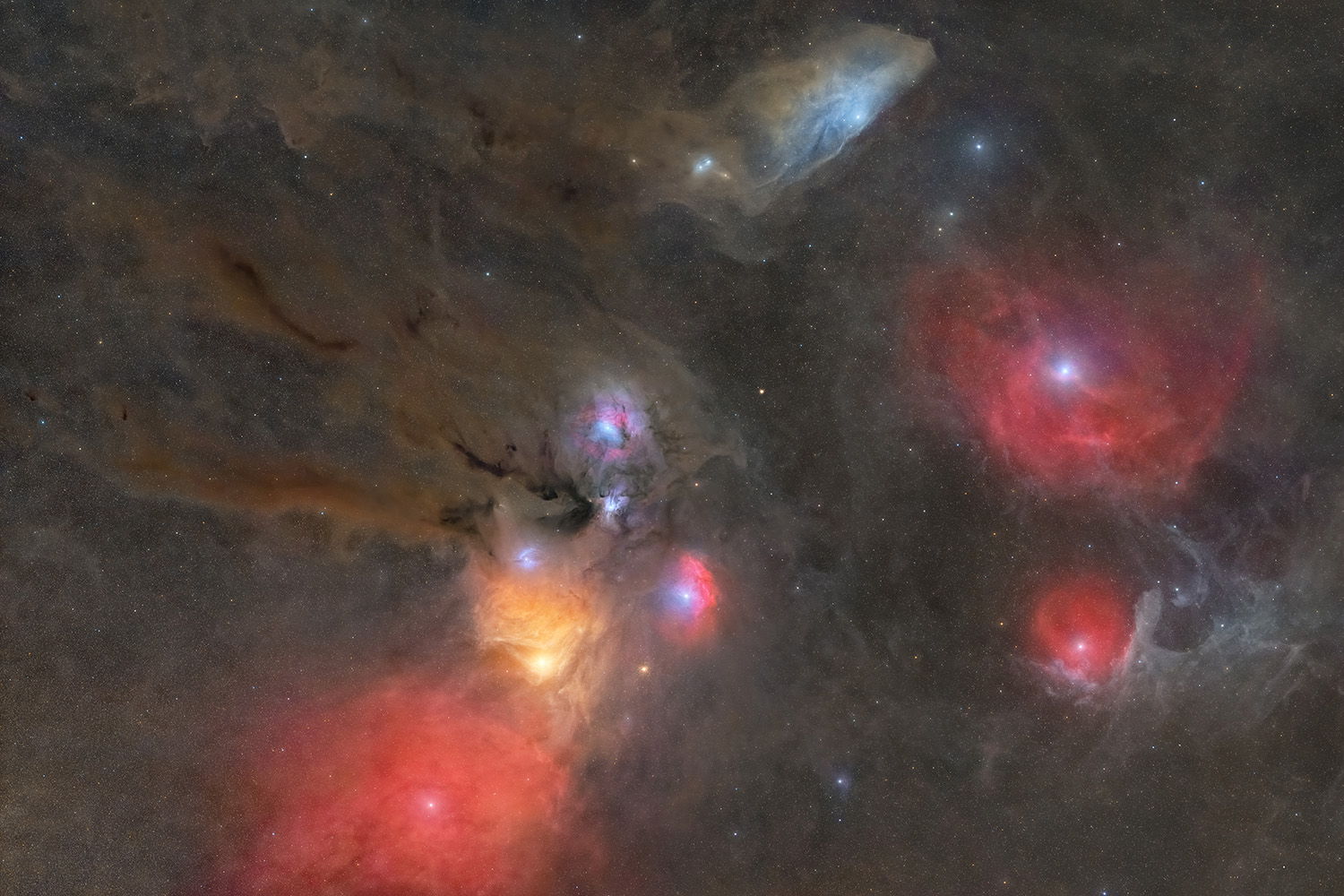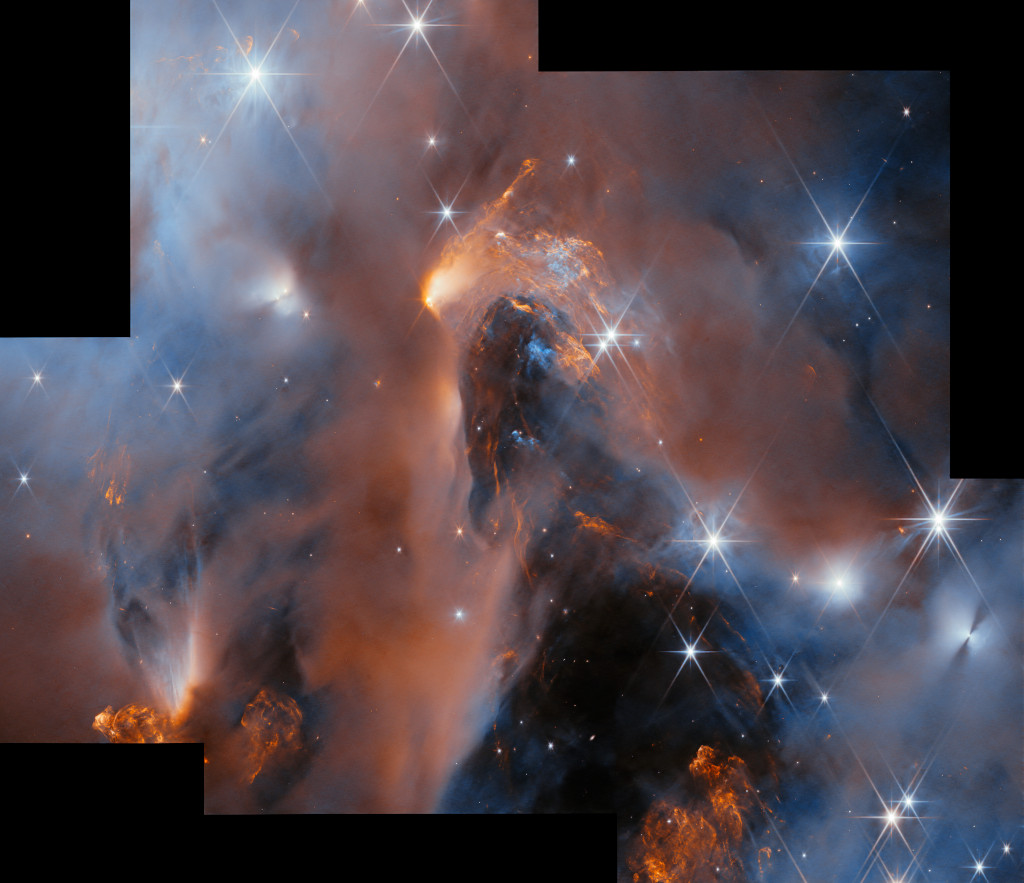Blog
The Helix Nebula (also known as NGC 7293 or Caldwell 63) is a planetary nebula(PN) located in the constellation Aquarius. Discovered by Karl Ludwig Harding, most likely before 1824, this object is one of the closest of all the bright planetary nebulae to Earth. The distance, measured by the Gaia mission, is 655±13 light-years. It is similar in appearance to the Cat’s Eye Nebula and the Ring Nebula, whose size, age, and physical characteristics are similar to the Dumbbell Nebula, varying only in its relative proximity and the appearance from the equatorial viewing angle. The Helix Nebula has sometimes been referred to as the “Eye of God” in pop culture, as well as the “Eye of Sauron“.

Joseph Jarman (September 14, 1937 – January 9, 2019 Pine Bluff, AK) was an American jazzmusician, composer, poet, and Shinshu Buddhist priest. He was one of the first members of the Association for the Advancement of Creative Musicians and a member of the Art Ensemble of Chicago. After he was discharged from the Army in 1958, Jarman attended Wilson Junior College, where he met bassist Malachi Favors Maghostut and saxophonists Roscoe Mitchell, Henry Threadgill, and Anthony Braxton. These men would often perform long jam sessions at the suggestion of their professor, Richard Wang (now with Illinois University). Mitchell introduced Jarman to pianist Muhal Richard Abrams, and Jarman, Mitchell, and Maghostut joined Abrams’ Experimental Band, a private, non-performing ensemble, when that group was founded in 1961. The same group of musicians continued to play together in a variety of configurations, and went on to found the Association for the Advancement of Creative Musicians (AACM) in 1965, along with Fred Anderson and Phil Cohran.
Jarman’s solo recording career began at this time, with two releases on the Delmark label which included material, such as spoken word and “little instruments”, that would later characterize the sound of the Art Ensemble. The band he fronted and used during these recordings between 1966 and 1968, included Fred Anderson (tenor sax), Billy Brimfield (trumpet), Charles Clark (bass), Christopher Gaddy (piano) and Thurman Barker (drums). However, in 1969, Clark and Gaddy both died and Jarman disbanded his group.
more...
Israel López Valdés (September 14, 1918 – March 22, 2008), better known as Cachao, was a Cuban double bassist and composer. Cachao is widely known as the co-creator of the mambo and a master of the descarga (improvised jam sessions). Throughout his career he also performed and recorded in a variety of music styles ranging from classical music to salsa. An exile in the United States since the 1960s, he only achieved international fame following a career revival in the 1990s.
Born into a family of musicians in Havana, Cachao and his older brother Orestes were the driving force behind one of Cuba’s most prolific charangas, Arcaño y sus Maravillas. As members of the Maravillas, Cachao and Orestes pioneered a new form of ballroom music derived from the danzón, the danzón-mambo, which subsequently developed into an international genre, mambo. In the 1950s, Cachao became famous for popularizing improvised jam sessions known as descargas. He emigrated to Spain in 1962, and moved to the United States in 1963, starting a career as a session and live musician for a variety of bands in New York during the rise of boogaloo, and later, salsa.
In the 1970s, Cachao fell into obscurity after moving to Las Vegas and later Miami, releasing albums sporadically as a leader. In the 1990s, he was re-discovered by actor Andy García, who brought him back to the forefront of the Latin music scene with the release of a documentary and several albums. Before his death in 2008, Cachao had earned a star on the Hollywood Walk of Fame and several Grammy Awards. He is ranked number 24 on Bass Player magazine’s list of “The 100 Greatest Bass Players of All Time”.
more...Oliver Lake (born September 14, 1942) is an American jazz saxophonist, flutist, composer, poet, and visual artist. He is known mainly for alto saxophone, but he also performs on soprano and flute. During the 1960s, Lake worked with the Black Artists Group in St. Louis. In 1977, he founded the World Saxophone Quartet with David Murray, Julius Hemphill, and Hamiet Bluiett. Lake worked in the group Trio 3 with Reggie Workmanand Andrew Cyrille. Lake has appeared on more than 80 albums as a bandleader, co-leader, and side musician. He is the father of drummer Gene Lake. Lake has been a resident of Montclair, New Jersey.
more...Temple Israel Tot Shabbat service Friday September 13th 2024 6pm. Music with Inbal Sharett-Singer, Jayson Rodovsky, Jeff Bailey, Pete Whitman and mick laBriola.
more...Even though this theory is in dispute, the story is intriguing.
One of the most popular theories, however, links Friday the 13th with the fall of a fearsome group of legendary warriors—the Knights Templar. Founded around 1118 as a monastic military order devoted to the protection of pilgrims traveling to the Holy Land following the Christian capture of Jerusalem during the First Crusade, the Knights Templar quickly became one of the richest and most influential groups of the Middle Ages, thanks to lavish donations from the crowned heads of Europe, eager to curry favor with the fierce Knights. By the turn of the 14th century, the Templars had established a system of castles, churches and banks throughout Western Europe. And it was this astonishing wealth that would lead to their downfall. For the Templars, that end began in the early morning hours of Friday, October 13, 1307.

Project 49’ was the name code for our second project with the ‘Altaïr of Atlas Astrophotographers’ team, an idea that looked a bit crazy on paper, but that we knew could only be achieved under optimum conditions… The idea was to produce an ultra-detailed image of the Rho Ophiuchi complex, as well as some of its neighbours in the Scorpius constellation, using remotely our setup in Morocco. As this region is about 15° higher in the sky than our home in France, this dream became a reality ! With our instrument in place in the Atlas Mountains, we had to make a 7*7 mosaic (49 tiles), to achieve our goal. A project of this kind already takes up a huge amount of time and material resources (post-processing), so we set ourselves the challenge of producing all our tiles in a single exposure for each filter, without any stacking, and all in LHaRGB using a monochrome camera. 358ly distant.

William Smith Monroe (September 13, 1911 – September 9, 1996) was an American mandolinist, singer, and songwriter, and created the bluegrass music genre. Because of this, he is often called the “Father of Bluegrass“.
The genre takes its name from his band, the Blue Grass Boys, who named their group for the bluegrass of Monroe’s home state of Kentucky. He described the genre as “Scottish bagpipes and ole-time fiddlin’. It’s Methodist and Holiness and Baptist. It’s blues and jazz, and it has a high lonesome sound.”
Monroe was born on his family’s farm near Rosine, Kentucky, the youngest of eight children of James Buchanan “Buck” and Malissa (Vandiver) Monroe. His mother and her brother, James Pendleton “Pen” Vandiver, were both musically talented, and Monroe and his family grew up playing and singing at home.
Bill was of Scottish and English heritage. Because his older brothers Birch and Charliealready played the fiddle and guitar, Bill was resigned to playing the less desirable mandolin. He recalled that his brothers insisted that he remove four of the mandolin’s eight strings so he would not play too loudly.
more...Leon Brown “Chu” Berry (September 13, 1908 – October 30, 1941 Wheeling, WV) was an American jazz tenor saxophonist during the 1930s. He is perhaps best known for his time as a member of singer Cab Calloway‘s big band.
According to music critic Gary Giddins, musicians called him “Chu” either because he chewed on the mouthpiece of his saxophone or because he had a Fu Manchu mustache. Berry died at 33 on October 30, 1941, in Conneaut, Ohio, after being in a car accident.
more...
Arnold Schoenberg or Schönberg (13 September 1874 – 13 July 1951) was an Austrian and American composer, music theorist, teacher and writer. He was among the first modernists who transformed the practice of harmony in 20th-century classical music, and a central element of his music was its use of motives as a means of coherence. He propounded concepts like developing variation, the emancipation of the dissonance, and the “unity of musical space“.
Schoenberg’s early works, like Verklärte Nacht (1899), represented a Brahmsian–Wagnerian synthesis on which he built. Mentoring Anton Webern and Alban Berg, he became the central figure of the Second Viennese School. They consorted with visual artists, published in Der Blaue Reiter, and wrote atonal, expressionist music, attracting fame and stirring debate. In his String Quartet No. 2 (1907–1908), Erwartung (1909), and Pierrot lunaire (1912), Schoenberg visited extremes of emotion; in self-portraits he emphasized his intense gaze. While working on Die Jakobsleiter (from 1914) and Moses und Aron (from 1923), Schoenberg confronted popular antisemitism by returning to Judaism and substantially developed his twelve-tone technique. He systematically interrelated all notes of the chromatic scale in his twelve-tone music, often exploiting combinatorial hexachords and sometimes admitting tonal elements.
Schoenberg resigned from the Prussian Academy of Arts (1926–1933), emigrating as the Nazis took power; they banned his (and his students’) music, labeling it “degenerate“. He taught in the US, including at the University of California, Los Angeles (1936–1944), where facilities are named in his honor. He explored writing film music (as he had done idiosyncratically in Begleitungsmusik zu einer Lichtspielscene, 1929–1930) and wrote more tonal music, completing his Chamber Symphony No. 2 in 1939. With citizenship (1941) and US entry into World War II, he satirized fascist tyrants in Ode to Napoleon (1942, after Byron), deploying Beethoven’s fate motif and the Marseillaise. Post-war Vienna beckoned with honorary citizenship, but Schoenberg was ill as depicted in his String Trio (1946). As the world learned of the Holocaust, he memorialized its victims in A Survivor from Warsaw (1947). The Israel Conservatory and Academy of Music elected him honorary president (1951).
His innovative music was among the most influential and polemicized of 20th-century classical music. At least three generations of composers extended its somewhat formal principles. His aesthetic and music-historical views influenced musicologists Theodor W. Adorno and Carl Dahlhaus. The Arnold Schönberg Center collects his archival legacy.
more...Whereas the Verdiales is a lively folk dance associated with violins and tambourines, the Abandolao is traditonally a slower song accompanied on the guitar. In fact, abandolao means “to the guitar,” bandola being a regional synonym for ‘guitar.’ The form is also known as Fandango Abandolao. The Abandolao is essentially a slow Verdiales, the underlying compás a three count pattern in which the second beat is accented and the first beat is silent or accented softly with the foot. As with the verdiales, the introduction and interludes in the abandolao are in a phrygian mode ending with the characteristic G-F#-F-E cadence. The verses are in the major mode.
more...This spectacular mosaic of images from the James Webb Space Telescope peers into the heart of young star cluster NGC 1333. A mere 1,000 light-years distant toward the heroic constellation Perseus, the nearby star cluster lies at the edge of the large Perseus molecular cloud. Part of Webb’s deep exploration of the region to identify low mass brown dwarf stars and free floating planets, the space telescope’s combined field of view spans nearly 2 light-yearsacross the dusty cluster’s turbulent stellar nursery. In fact, NGC 1333 is known to harbor stars less than a million years old, though most are hidden from optical telescopes by the pervasive stardust. The chaotic environment may be similar to one in which our own Sun formed over 4.5 billion years ago.

more...
Neil Ellwood Peart OC (September 12, 1952 – January 7, 2020) was a Canadian and American musician, known as the drummer and primary lyricist of the rock band Rush. He was known to fans by the nickname ‘The Professor’, derived from the Gilligan’s Island character of the same name. His drumming was renowned for its technical proficiency and his live performances for their exacting nature and stamina. Peart earned numerous awards for his musical performances, including an induction into the Modern Drummer Readers Poll Hall of Fame in 1983 at the age of thirty, making him the youngest person ever so honoured.
Peart was born in Hamilton, Ontario, and grew up in Port Dalhousie (now part of St. Catharines). During adolescence, he floated between regional bands in pursuit of a career as a full-time drummer. After a discouraging stint in England, Peart returned home to concentrate on music where he joined Rush, a Toronto band, in mid-1974, six years after its formation. Together they released nineteen studio albums, with ten exceeding a million copies sold in the United States. Billboard lists the band third in “most consecutive gold or platinum albums by a rock band”.
Early in his career, Peart’s performance style was deeply rooted in hard rock. He drew most of his inspiration from drummers such as Keith Moon, Ginger Baker, and John Bonham, players who at the time were at the forefront of the British hard rock scene. As time passed, he began to emulate jazz and big band musicians Gene Krupa and Buddy Rich. In 1994, Peart became a friend and pupil of jazz instructor Freddie Gruber. It was during this time that Peart revamped his playing style by incorporating jazz and swing components.
In addition to serving as Rush’s primary lyricist, Peart published several memoirs about his travels. His lyrics for Rush addressed universal themes and diverse subjects including science fiction, fantasy, and philosophy, as well as secular, humanitarian, and libertarian themes. Peart wrote a total of seven nonfiction books focused on his travels and personal stories. He also coauthored with Kevin J. Anderson three steampunkfantasy novels based on Rush’s final album, Clockwork Angels. The two also wrote a dark fantasy novella, Drumbeats, inspired by Peart’s travels in Africa.
Peart announced his retirement from touring in an interview with Drumhead Magazine in December 2015. In January 2018, bandmate Alex Lifeson confirmed that Rush had disbanded also due to Peart’s health issues. During his last years Peart lived in Santa Monica, California, with his wife, Carrie Nuttall, and daughter. After a three-and-a-half-year illness, Peart died of glioblastoma on January 7, 2020, at age 67.
more...
Maria Muldaur (born Maria Grazia Rosa Domenica D’Amato; September 12, 1942) is an American folk and blues singer who was part of the American folk music revival in the early 1960s. She recorded the 1973 hit song “Midnight at the Oasis” and has recorded albums in the folk, blues, early jazz, gospel, country, and R&Btraditions.
She was the wife of musician Geoff Muldaur and is the mother of singer-songwriter Jenni Muldaur.
more...“Papa” John DeFrancesco (September 12, 1940 – June 25, 2024) was an American jazz organist and vocalist, and father of Joey DeFrancesco and Johnny DeFrancesco. DeFrancesco died on June 25, 2024, at the age of 83.
more...More Posts
- Daily Roots Tommy McCook
- Crying Souls
- Echos of Freedom with Malcom X
- Cosmos M77
- Big Eye Louis Nelson
- King Tubby
- Ronnie Scott
- World Music Diba
- Daily Roots Glen Brown
- International Holocaust Remembrance Day 2024
- Cosmos vdB 42
- Bobby Hutcherson
- Elmore James
- Hot Lips Page
- Wolfgang Amadeus Mozart
- World Music Yamma Ensemble
- Daily Roots Tommy McCook
- Cabaret the Musical Opening February 2nd 2024
- Cosmos Barnard 33 & NGC 2024
- Anita Baker
